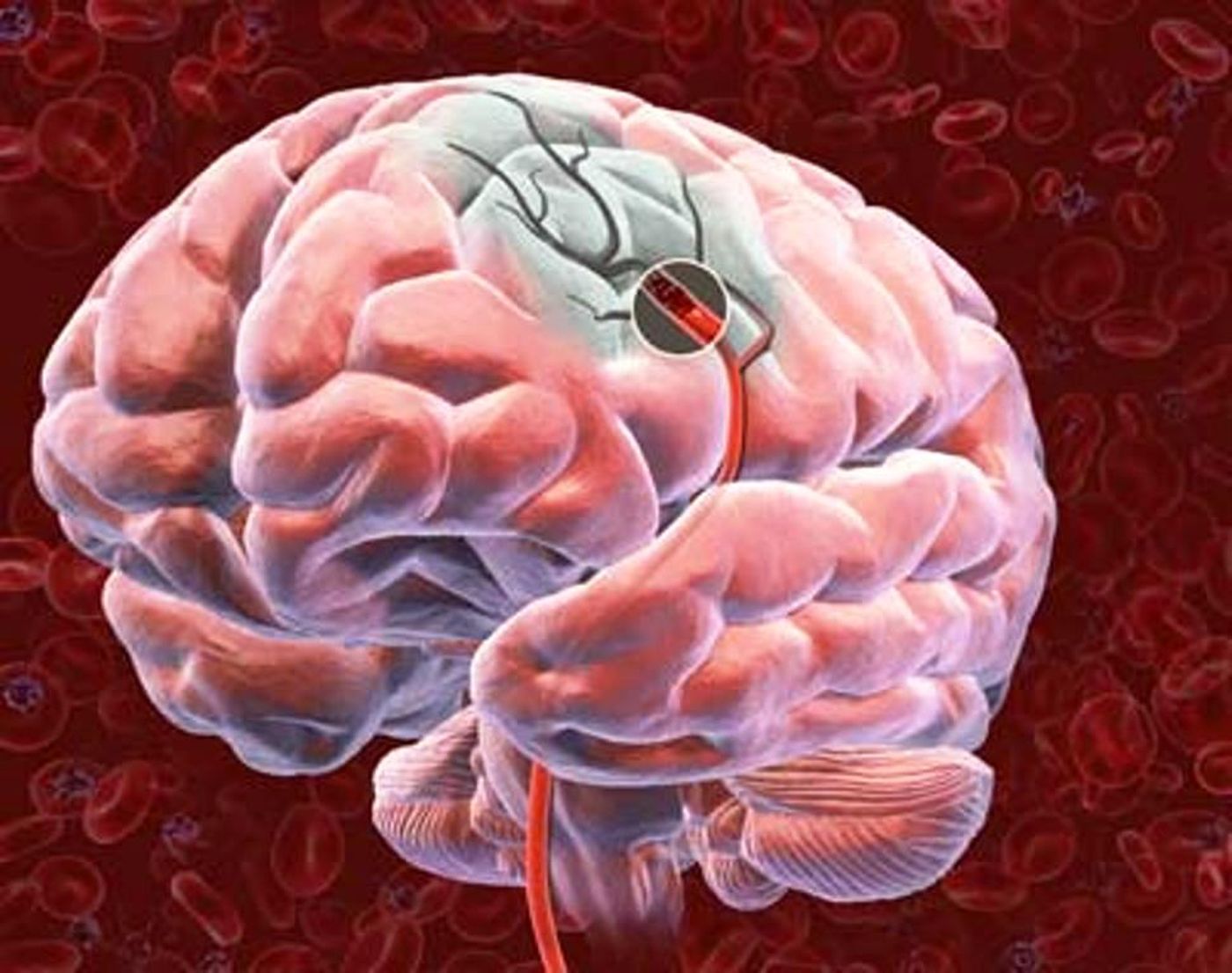Removing Blood Clots More Than Six Hours After Stroke is Still Effective
While current guidelines for acute stroke treatment indicate that removing brain clots should only be done within six hours of the stroke, a new study suggests that the procedure is safe and effective as much as 24 hours after the stroke. Further confirmation of these findings could greatly increase the number of stroke patients receiving care that could improve their quality of life following recovery.
Endovascular treatment (ET), also known as a mechanical thrombectomy, includes the use of a stent retriever device to physically remove a large blood clot to open up a blocked artery in the brain. In addition to stating the procedure be done within six hours of the first stroke symptoms, current guidelines state that a stroke patient should also first receive a medication treatment of alteplase. This is a “tissue plasminogen activator” medication, the only treatment for ischemic stroke approved by the U.S. Food and Drug Administration. Guidelines state that alteplase should be given within three to four hours after the stroke. The drug breaks down blood clots and makes room for blood to flow back to the brain.
University of Pittsburgh Schools of the Health Sciences researchers conducted a randomized controlled clinical trial to question the parameters of the current guidelines. Stroke patients who “arrived at the hospital outside the six-hour time window” were randomly assigned to either receive ET or just standard medical therapy, which consists of receiving drugs to dissolve clots.
At 90 days post-treatment, about half of the stroke patients who received ET had recovered well, indicating they were independently able to take care of themselves. Only 13 percent of the group who just received drugs recovered as well.
Before the study was finished as planned - the researchers originally planned on enrolling 500 study participants - the data showed so clearly the benefit of performing ET outside of the six-hour window that the study was terminated, so all patients would have the chance of receiving ET in addition to clot-dissolving drugs.
Co-leader of the study, Tudor Jovin, MD, stresses that it’s still important for a stroke patient to receive care as soon as possible - their new finding does not indicate that it’s safe to wait for treatment. “The mantra "time is brain" still holds,” Jovin explained. “However, our study shows that even if treated outside the time window, patients will have significantly reduced disability with clot removal.”
Sources: American Stroke Association, University of Pittsburgh Schools of the Health Sciences









